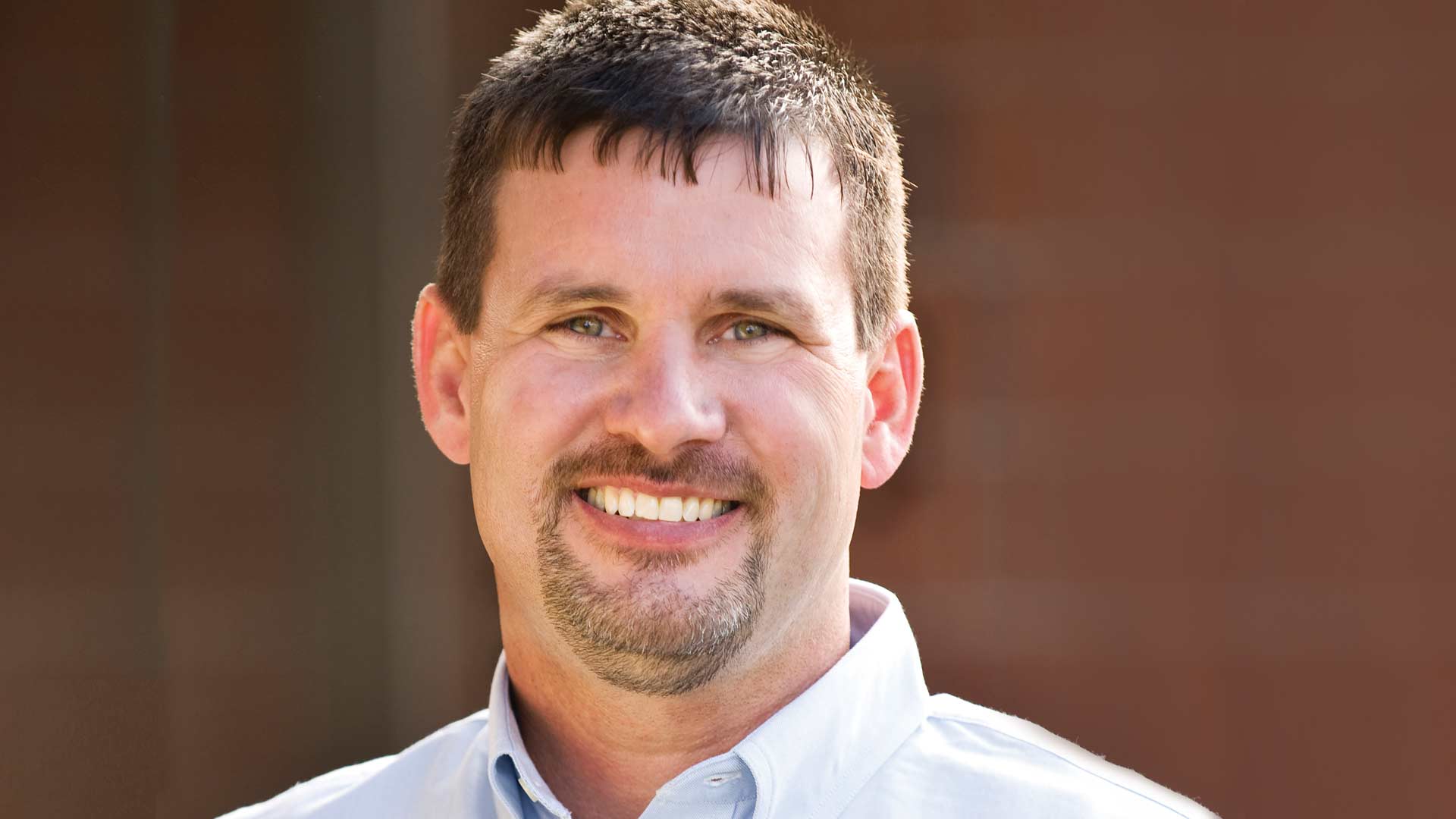>Listen to a radio segment related to this article
–by Al Doering
AURI Senior Associate Scientist – Coproducts
Minnesota has a very strong livestock industry that includes poultry, swine, dairy and beef. Livestock production is accompanied with the challenging task of handling the manure, or what my father would refer to as “sunshine.”
Years ago this task consisted of manually collecting the manure and applying it to fields with a manure spreader. Manure was typically applied close to the farm yards so that there was less travel with the tractor and manure spreader; this always resulted in the most productive and fertile soils being located near the farm building site, and producers realized early on manure’s nutrient value improves crop production.
While the livestock industry has evolved, so have the methods for handling and storing livestock manure. Some of the handling methods include deep pit or lagoon storage for expanded storage capacity and less frequent emptying; they both require handling manure in a liquid phase. Other storage methods are designed to aid in separating the solids—the nutrient-rich part of manure—from the liquid portion; thus allowing for more diverse methods of land application.
There are several universities that have developed nutrient calculators that producers can use to determine the value of their manure based on nitrogen, phosphorus, potassium and sulfur content. Producers can compare these benefits to the costs associated with commercial fertilizer. While manure often has valuable nutrient content, the transportation costs can often hinder these advantages.
As AURI has worked across agriculture industries, it has become clear there is potential to capture greater nutrient value from livestock manure in a way that reduces the transportation challenges. Over the next two years, AURI will be focusing on identifying and evaluating new technologies that can assist with separating valuable nutrients from manure streams in order to allow for more efficient nutrient distribution. Having more concentrated forms of nitrogen, phosphorus, potassium and sulfur will make crop nutrient plans more accurate and expand the customer base for manure through reduced transportation costs and increased nutrient concentrations. These technologies could also aid with livestock expansion and manure management plans.
The focus of these new manure handling technologies include new chemical and mechanical designs, such as:
- Potential technologies to increase the speed at which the nutrient-rich solids settle out from manure and can be more readily removed.
- Manure handling tools that remove heavy solids from swine pit facilities while producing a concentrated solid that is high in phosphorus and potassium.
- Dairy and beef manure handling technologies that separate the solids from the liquid fraction with limited input costs or transportation costs.
The livestock industry continues to be a vibrant part of Minnesota’s agricultural economy, and these opportunities could help producers use nutrient-rich manure with lower input and transportation costs. AURI will help identify and evaluate these technologies to expand the value of their greatest coproduct—manure—and apply it to real-world applications, sharing information with producers as to the best options available.
Podcast: Play in new window | Download (938.2KB) | Embed
